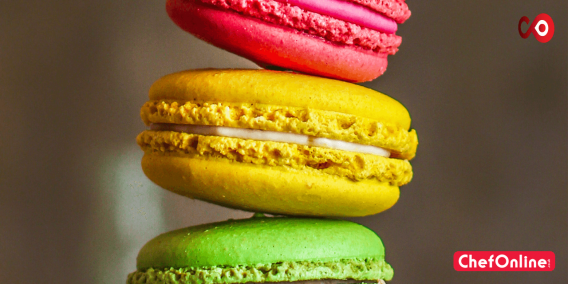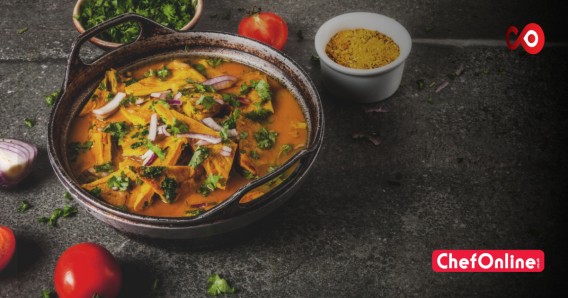If you’re vegetarian and gluten intolerant to boot, eating out can be a challenge, with all the meat substitutes being mostly gluten-based. But fret not; most recipes found in Indian vegetarian cuisine are gluten-free by default. Indian food, after all, is mostly reliant on vegetables, rice, lentils and beans.
Read on and find out how to make sure that the gluten-free takeaway options offered by your favourite Indian restaurant are indeed foolproof.
Familiarize yourself with the basic components of Indian cuisine.
A good old Indian meal usually consists of the following:
- Basmati Rice. This light and tender long-grained rice is the perfect buffer to spicy Indian dishes, and it is naturally gluten-free.
- Lentils, legumes and beans. These are rich sources of protein, vitamins, fibre and carbohydrates. And they are also naturally gluten-free! However, one way for them to contain gluten is cross-contamination during processing.
- Vegetables. Naturally, all fruit and vegetables contain no gluten. However, gluten can be added as a thickener or flavouring during processing. Therefore it would be safest to avoid consuming canned food and instead go for fresh produce. In the offhand that you’re left with no other option but canned goods, check the ingredients label for “may contain” or “allergen declaration” warnings for gluten.
- Ghee. Most Indian foods contain this clarified form of butter. Yes, it is gluten-free.
- Chutney. This is one savoury side dish made from fruit, chillies, herbs and spices. Not all chutneys are created equal, and thus, you have to check with your food handler for a gluten-free option.
Having learned a few things about a traditional Indian meal, you will certainly be more at ease in eating out without fumbling over gluten content issues.
Be vigilant against hidden gluten.
Gluten sensitivity is no joke, and thus you should be well aware of how gluten still manages to sneak its way into an otherwise lovely Indian meal.
- While spices in their pure form are gluten-free, hing is one potent Indian spice processed with wheat. Unfortunately, hing is often a staple in chutneys, sauces and soups. Thus when ordering takeaways, make sure to declare your gluten intolerance and emphasize that the food crew not add hing to your food.
- Indian dishes like Rawa Ladoo and Upma contain gluten because the batter has Rava or Sooji Semolina, which is durum wheat-based. Your gluten-free option would be dishes and desserts with a Besan flour base. Besan flour is made from garbanzos or chickpeas and is naturally gluten-free.
- Gluten lurks in some Indian desserts and bread, which are made from Maida or refined wheat flour. Sevian is another Indian dessert consisting of wheat noodles.
- Fried food bears the risk of gluten cross-contamination. Make sure to ask whether gluten-free food is fried in the same pan as food that is not gluten-free.
- Although not all, some Indian sauces use wheat flour as thickeners.
By knowing your food and knowing the right questions to ask those who handle and prepare gluten-free takeaway options, you are sparing yourself from all the unholy havoc that gluten can wreak into your system.






